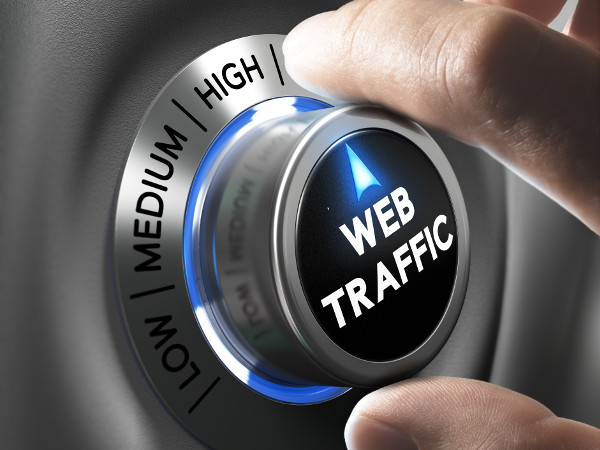Improve Page-load Speed to Improve Conversions
 Site speed influences every metric important to your business. Don’t believe it? Chew on these statistics for a moment:
Site speed influences every metric important to your business. Don’t believe it? Chew on these statistics for a moment:
Almost half of all internet users (47 percent) expect a website to load within two seconds or less.
A one-second improvement in page-load time can produce a 7-percent increase in conversions.
Those two statements are as true for the mobile web as they are for the desktop version. They may be even more important in the mobile realm, because data charges can add up quickly.
Here’s the bottom line: You may be proud of all the bells and whistles on your site, but if that fancy window-dressing delays users’ arrival at what they came to see, they’ll move on to a less-fancy destination with the same or similar content.
In fact, one in four users will abandon a webpage that doesn’t load within four seconds. Seventy-nine percent of first-time visitors who find a site too slow won’t come back, and 44 percent of dissatisfied website visitors have no trouble sharing their opinion with others.
Want to shave some time off your speed and potentially increase your conversions while you’re at it? Try some of these tips.
Optimize cache. Using local memory ensures images and other “heavy” items won’t weigh down the server with requests.
Use AJAX. The development techniques allow webpages to update without reloading, request and receive data from a server after loading, and send data to a server in the background.
Trim JavaScript parsing. Defer parsing of unnecessary <script> tags. This is especially important in the mobile environment because of the way mobile browsers parse code.
Dump redirects, which increase processing time.
Employ CSS3 and HTML5. Both are lightweight frameworks that offer more and better options for the user interface.
“Minify” JavaScript and CSS. Remove all unnecessary characters from source code to reduce bandwidth and speed caching.
Optimize and resize images. Especially on mobile devices, the heavier an image, the more bandwidth it requires and the longer it takes to load.
Share wisely. Use social sharing buttons that require minimal scripting and produce minimal server load. Load social media scripts asynchronously, not all at one time.
Use the cloud. Cloud-based content delivery networks serve your content from fast servers in a location geographically near the user, reducing page-load time.
One Comment
Leave a Reply
You must be logged in to post a comment.











Pingback: Improve Page-load Speed to Improve Conversions – TripleXers Blog